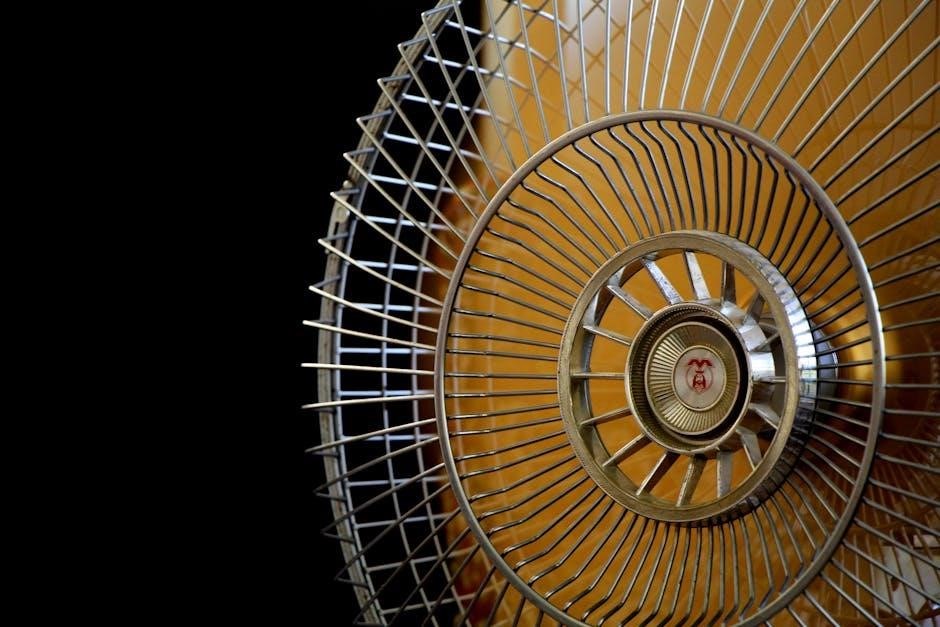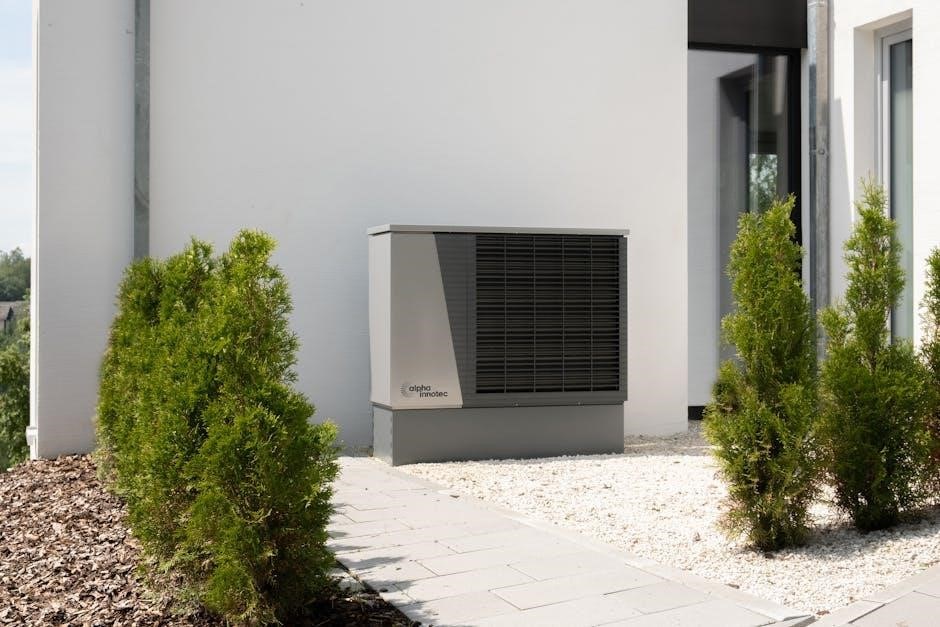Refrigeration and air conditioning technology are critical components of modern life‚ playing a vital role in maintaining comfort‚ preserving food‚ and ensuring the proper functioning of various industrial processes. These technologies are designed to control temperature and humidity levels in both residential and commercial environments‚ making them indispensable in today’s world.

The fundamental principle of refrigeration and air conditioning systems lies in the transfer of heat from one location to another. This is typically achieved through the use of refrigerants‚ substances that change state from liquid to gas as they absorb heat and from gas to liquid as they release it. The vapor-compression refrigeration cycle is the most common method employed in these systems‚ involving four key stages: evaporation‚ compression‚ condensation‚ and expansion.

Air conditioning systems‚ on the other hand‚ are designed to not only cool the air but also to dehumidify it‚ improving indoor air quality and thermal comfort. These systems often incorporate advanced technologies‚ such as smart sensors and IoT-enabled controllers‚ to optimize performance and energy efficiency. The integration of intelligent diagnostic systems‚ as seen in some modern air conditioning units‚ allows for real-time monitoring and fault detection‚ ensuring uninterrupted operation and reducing maintenance costs.

The applications of refrigeration and air conditioning technology are vast and varied. In the healthcare sector‚ precise temperature control is essential for storing medical supplies‚ vaccines‚ and blood products. Similarly‚ in the food industry‚ refrigeration systems are crucial for preserving perishable goods and preventing spoilage. Industrial processes also rely heavily on these technologies to maintain optimal operating conditions for machinery and to ensure the quality of manufactured goods.

Recent advancements in refrigeration and air conditioning technology have focused on improving energy efficiency and reducing environmental impact. The development of eco-friendly refrigerants‚ such as those with low global warming potential‚ has gained significant attention in recent years. Additionally‚ the use of alternative cooling methods‚ such as absorption and magnetic refrigeration‚ is being explored to provide sustainable solutions for the future.


According to the International Energy Agency (IEA)‚ approximately one-fifth of the world’s electricity is consumed by refrigeration and air conditioning systems. This highlights the importance of developing more efficient and sustainable technologies to meet the growing demand for cooling solutions‚ especially in developing regions where the adoption of air conditioning is expected to rise significantly in the coming years.




About the author